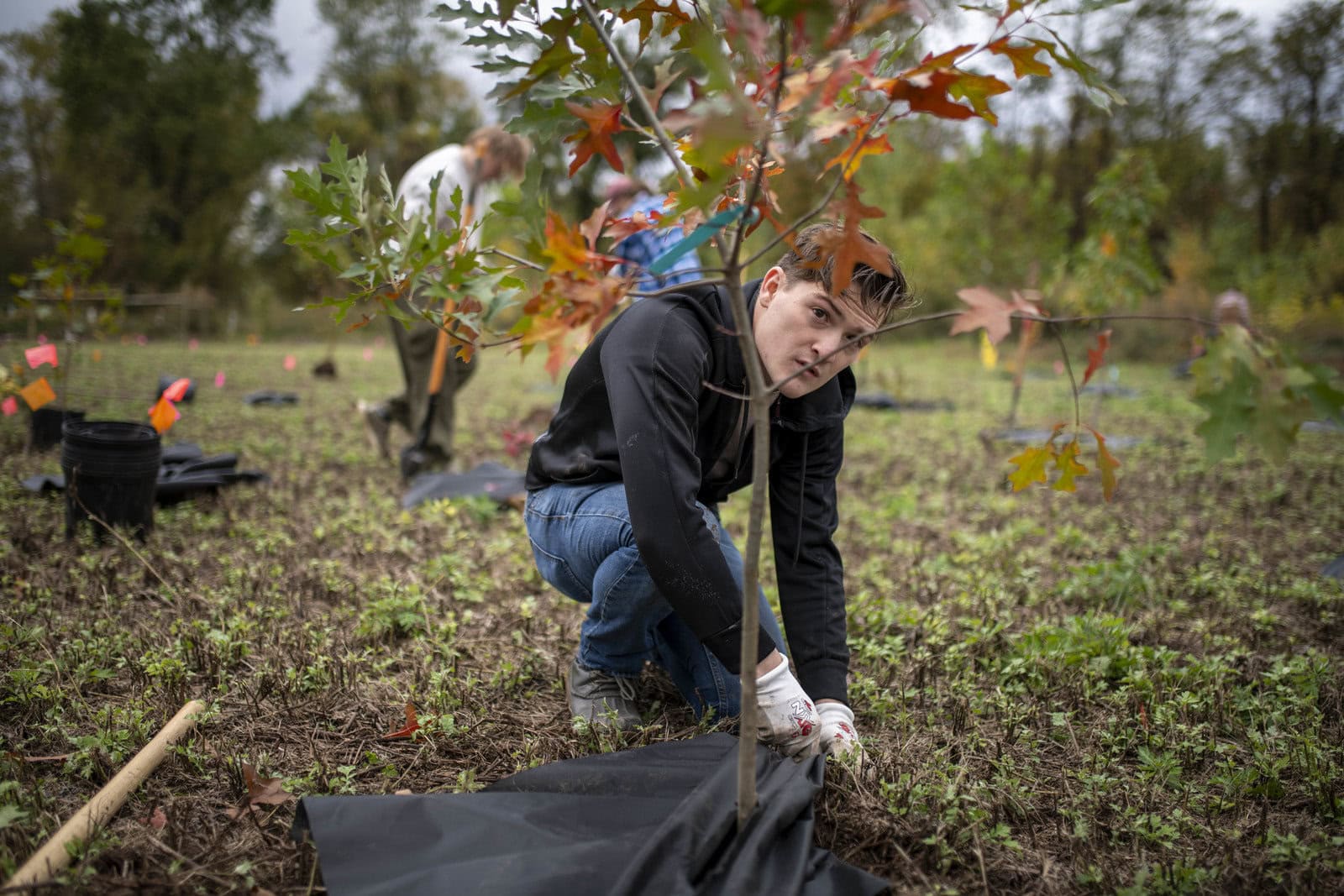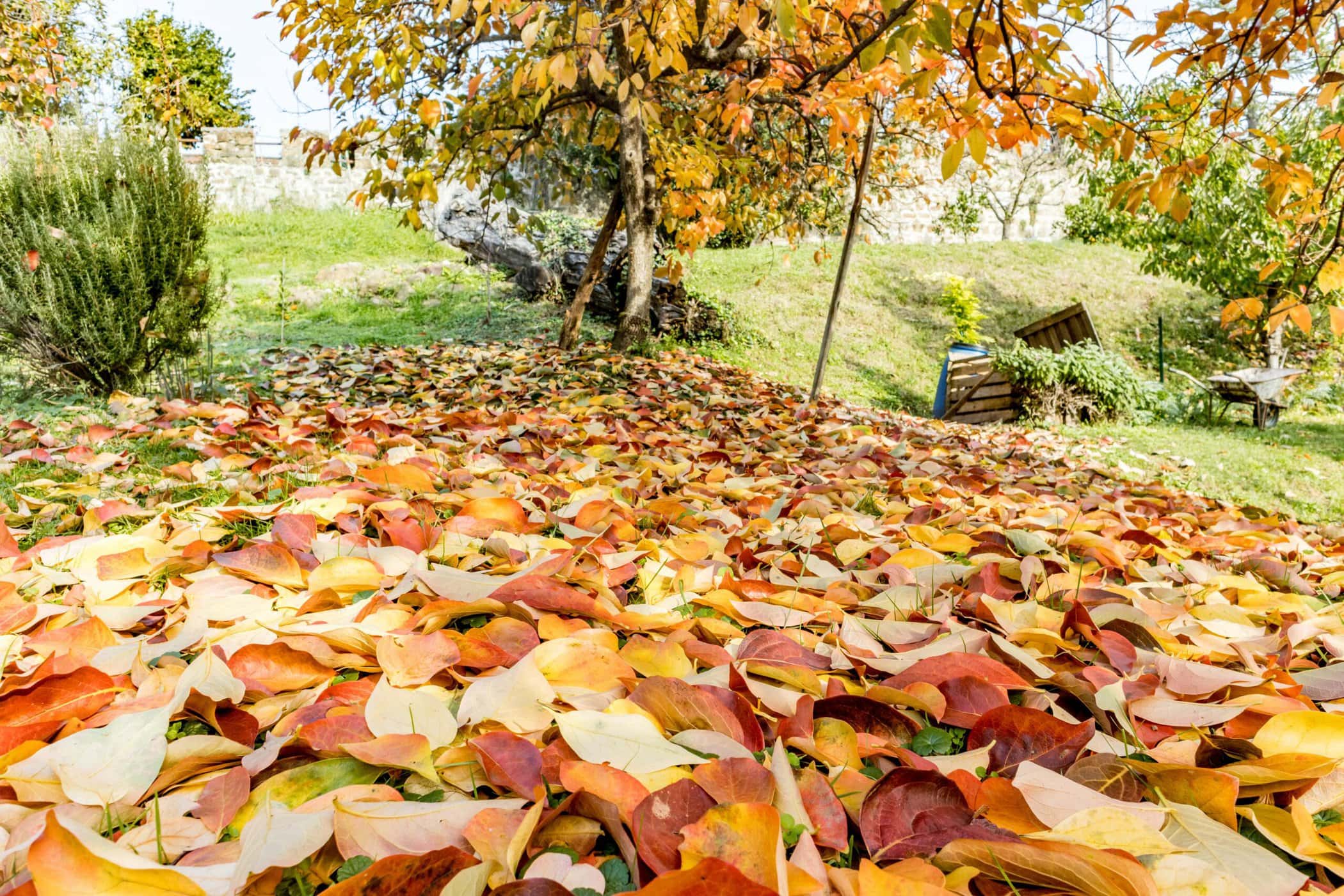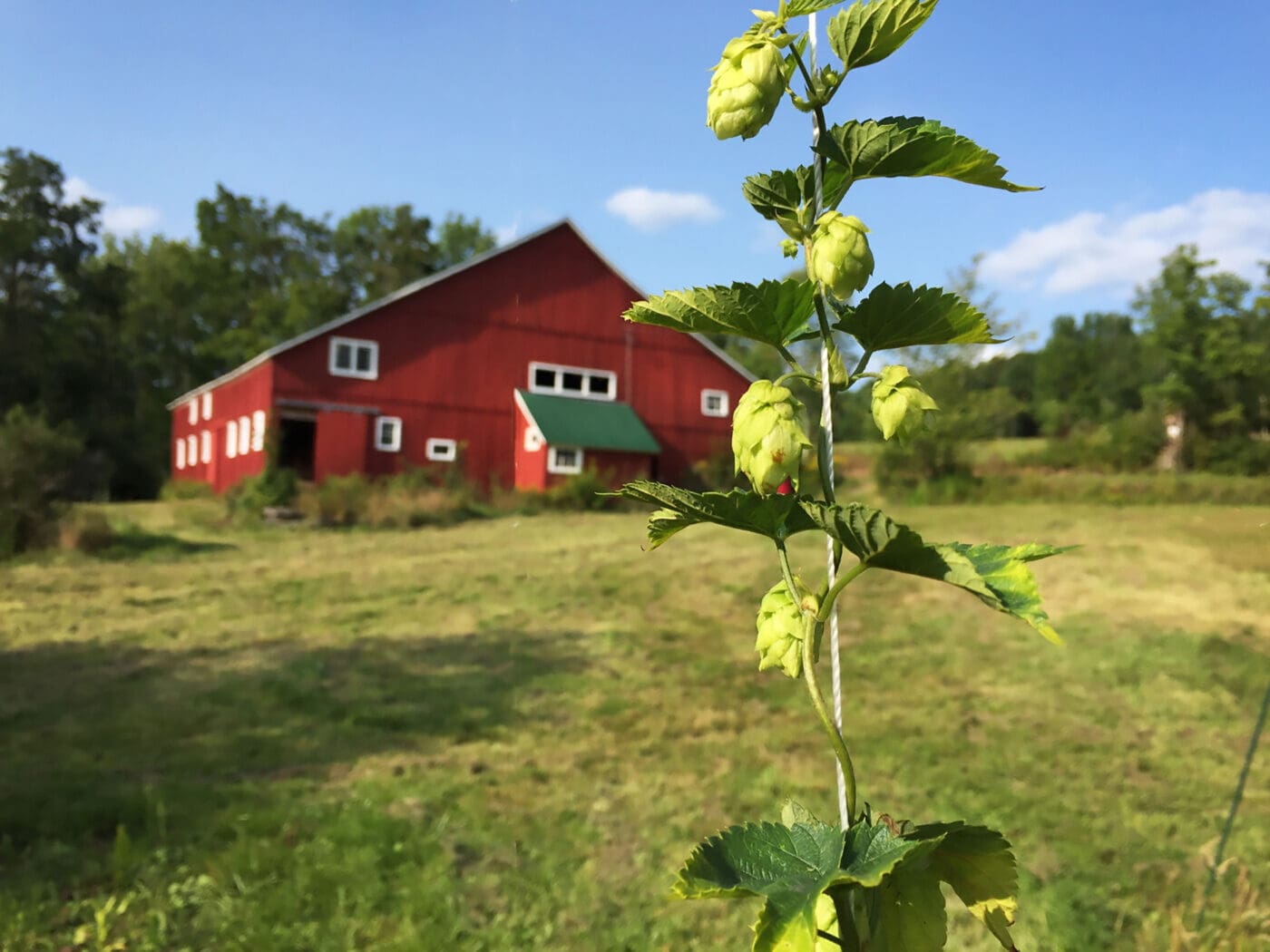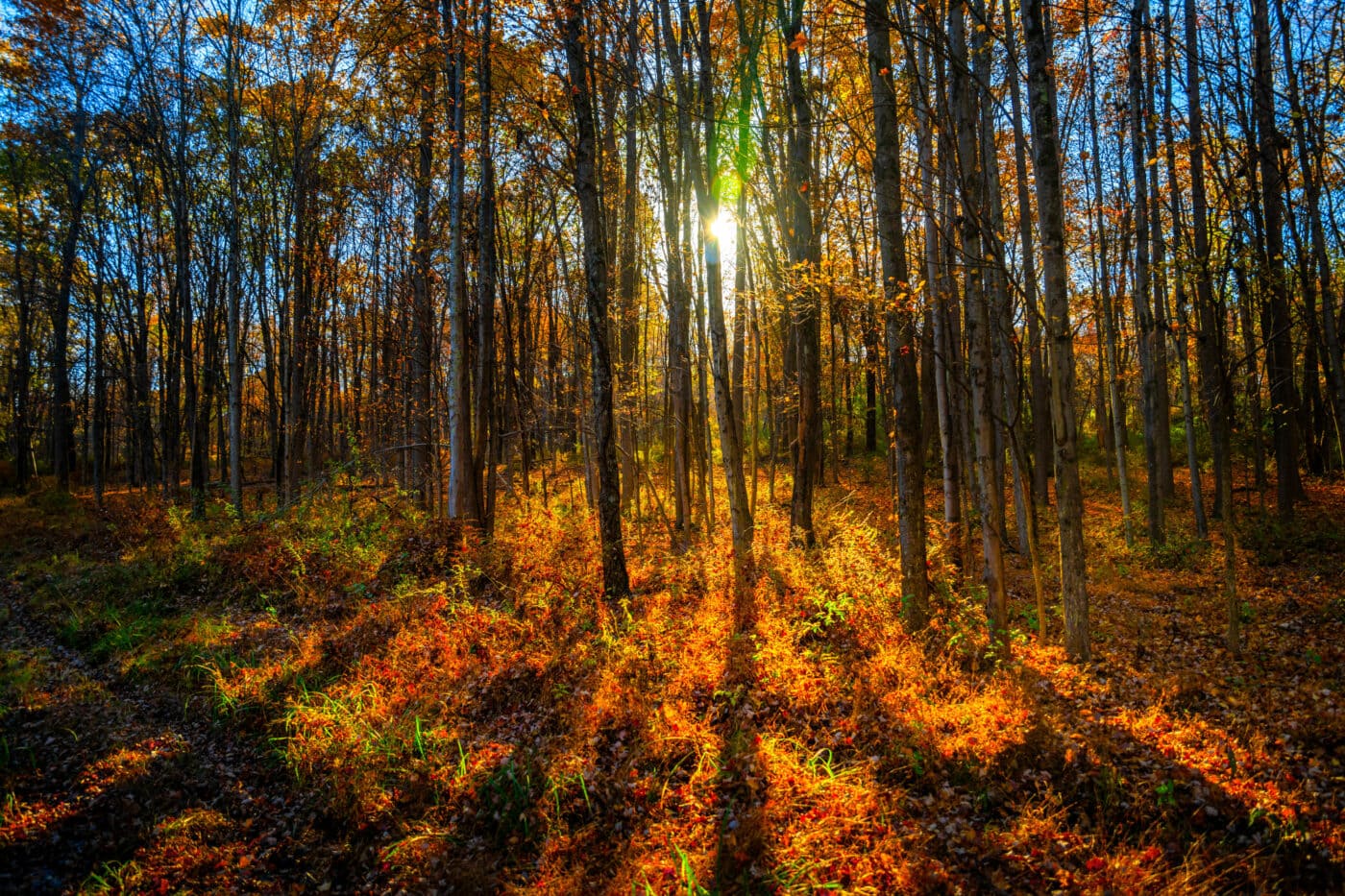All around us, there are natural systems that soak up carbon dioxide from the atmosphere. Forests may be the first thing that comes to mind when we think of “carbon sinks,” or those areas that absorb and store more of the element than they emit. But it isn’t just green spaces that sequester carbon — “blue” spaces do it, too. Take, for example, the wetlands along the Hudson River.
More than half of the Hudson River’s 315-mile span is a tidal estuary, meaning where “salty sea water meets fresh water running off the land,” the Department of Environmental Conservation explains. There is an estimated 7,000 acres of tidal wetlands surrounding it, including marshes, wet meadows, and swamps.
Environments like these are increasingly coming up in the conversation around climate change and greenhouse gas mitigation. Studies have shown that coastal ecosystems can remove carbon from the atmosphere at rates that outpace tropical forests and, more crucially, store immense amounts of carbon. The carbon captured at such sites and by the ocean is often referred to as “blue carbon.”

For coastal wetlands, the blue carbon impact isn’t so much about the dent they’ll make in removing greenhouse gases from the atmosphere, given their relatively small spread, but the amount of carbon they can contain. These ecosystems have dwindled over the ages due to factors like human development and sea level rise, particularly in the U.S., and continue to face such threats.
“Not only are [coastal blue carbon sites] important in terms of being really efficient at capturing carbon, but they store a ton of the carbon in their soils, in particular,” says Sylvia Troost, a senior manager with the Conserving Marine Life in the United States project from the Pew Charitable Trusts. “This is the same for freshwater wetlands as well, this kind of storage capacity. If these coastal wetlands are left undisturbed, they can hold that carbon for hundreds, if not thousands of years.”
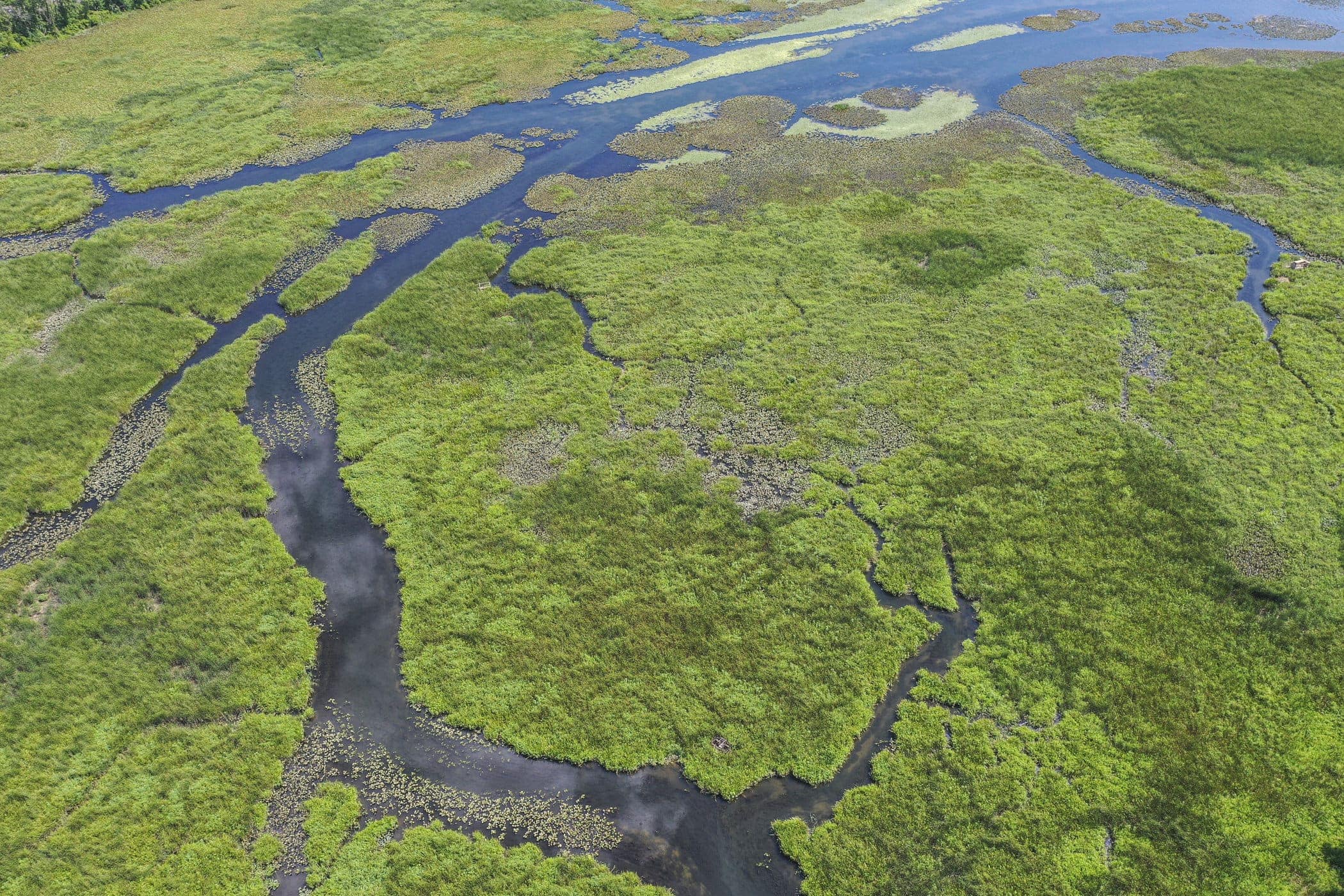
The key to all of this is in the sediment and the vegetation that thrives there. In sites like Rockland County’s Piermont Marsh, you’re bound to encounter lots of cordgrass — a staple of coastal wetlands. Though these grasses in the genus Spartina are best recognizable for their tall, wispy appearance, there’s a lot going on beneath the surface, too.
“When you look at a salt marsh plant — and this is probably true not just for salt marsh plants, but a lot of wetland plants — whatever you see above ground, there’s an equivalent amount of material below ground, and sometimes much more,” says Anne Giblin, senior scientist and director at the University of Chicago’s Marine Biological Laboratory.
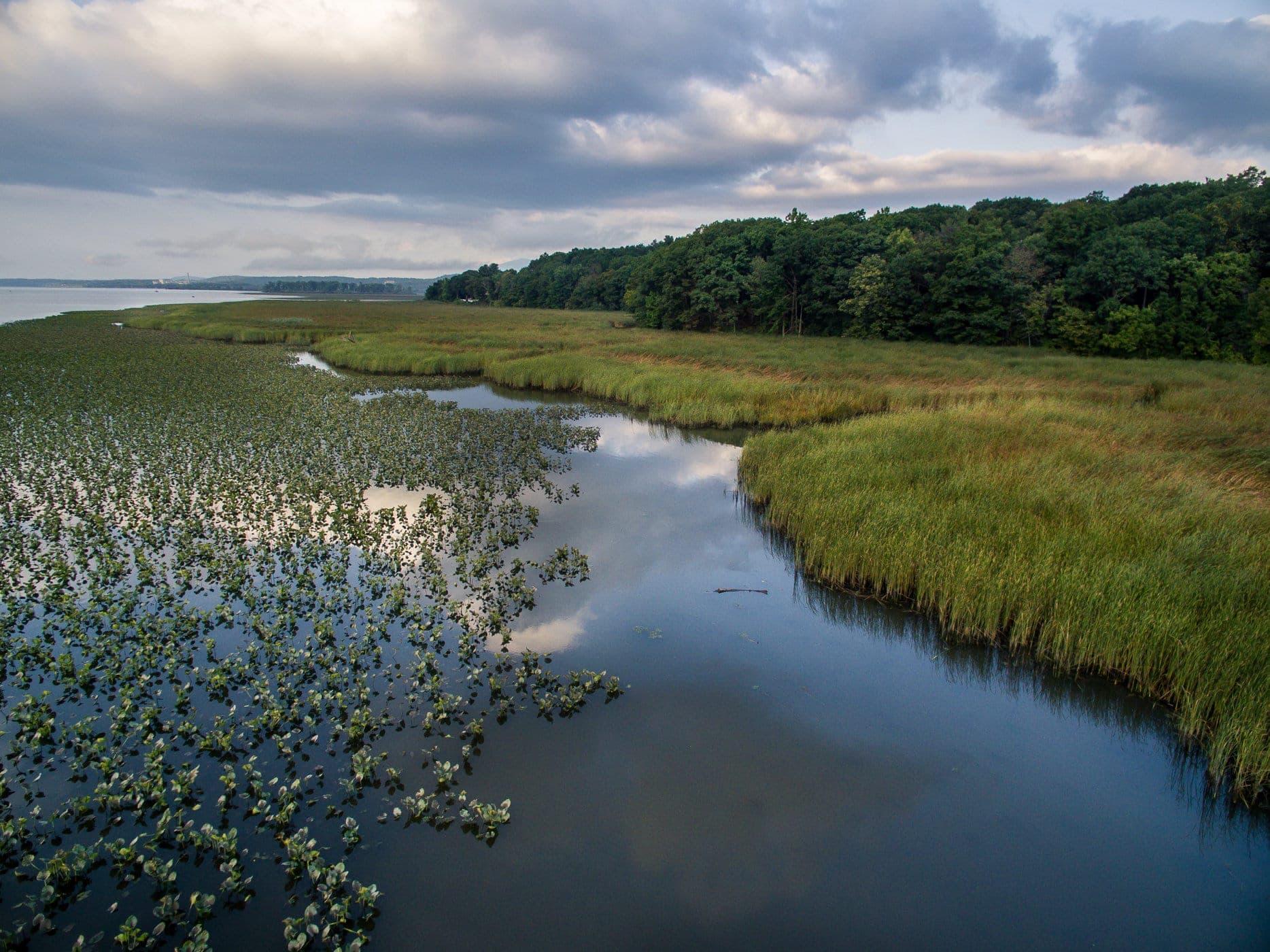
Giblin, whose work focuses on salt marshes, currently leads a long-term ecological project in the Plum Island area of Massachusetts investigating the effects of things like increased nitrogen and sea-level rise on these systems. The sediments in environments like a salt marsh are waterlogged and largely lacking oxygen, Giblin explains, which causes material there to break down more slowly. Yet, they are extremely productive for vegetation.
“They’re growing and they’re injecting organic matter, their roots and rhizomes [underground stems], directly into these anaerobic [low oxygen] soils where they tend not to break down, or break down slowly,” Giblin says. “So in that material that’s being stored is a fair amount of carbon.”
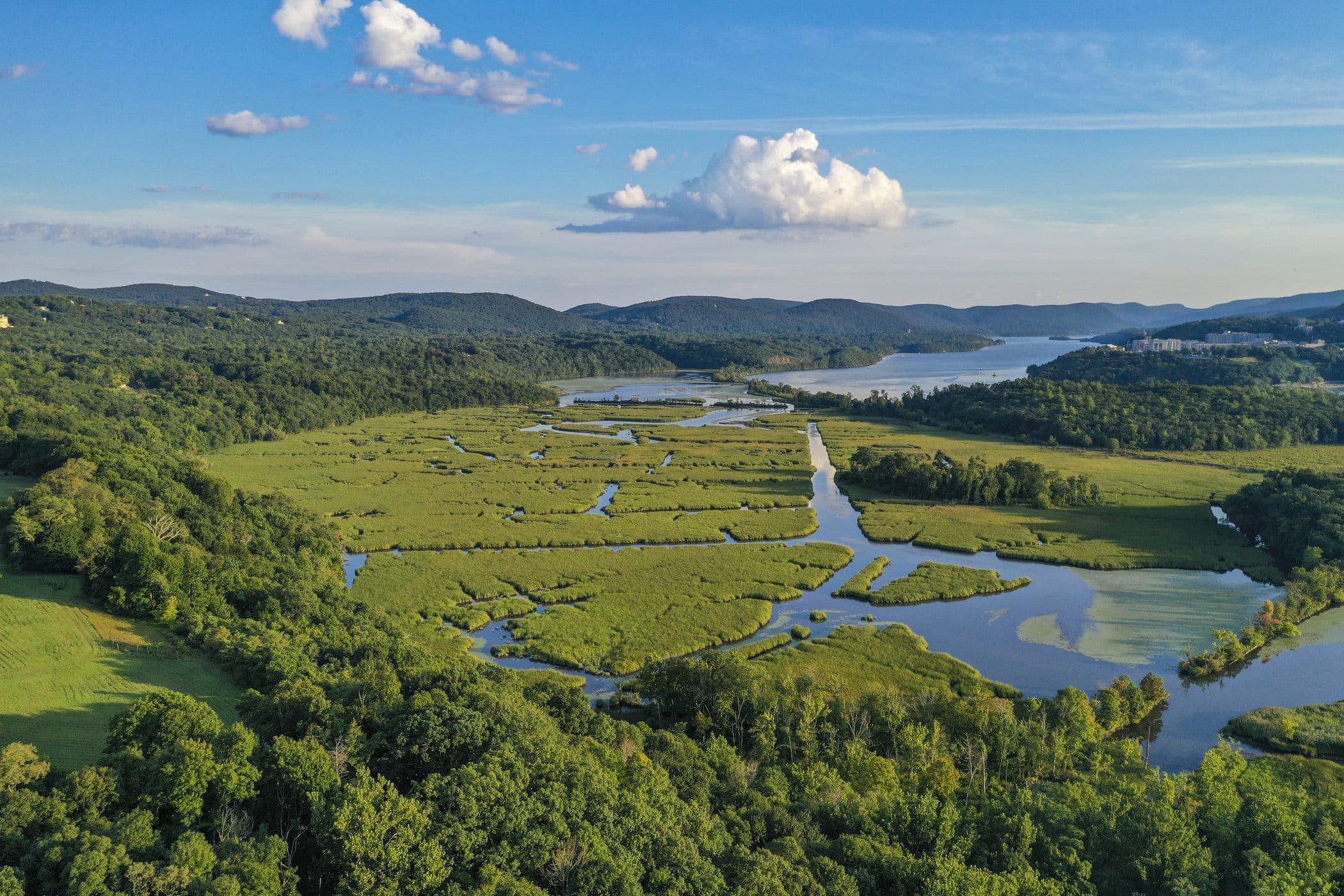
“Its impact on global carbon budgets is, frankly, probably pretty negligible,” she adds. “But the other way to look at it is, if you now take all that carbon that was stored for the last 3,000 years, and you lose salt marshes, not only do you lose this small sink but you also produce a big source.”
In addition to their role in the carbon cycle, these environments are also home to unique animal species. Over 200 species of fish and birds rely on the Hudson River estuary habitat, and it remains a major nursery site for fish like sturgeon and striped bass. Some of this, roughly 100 miles, encompassing 4,838 acres, is protected under the Hudson River National Estuarine Research Reserve.
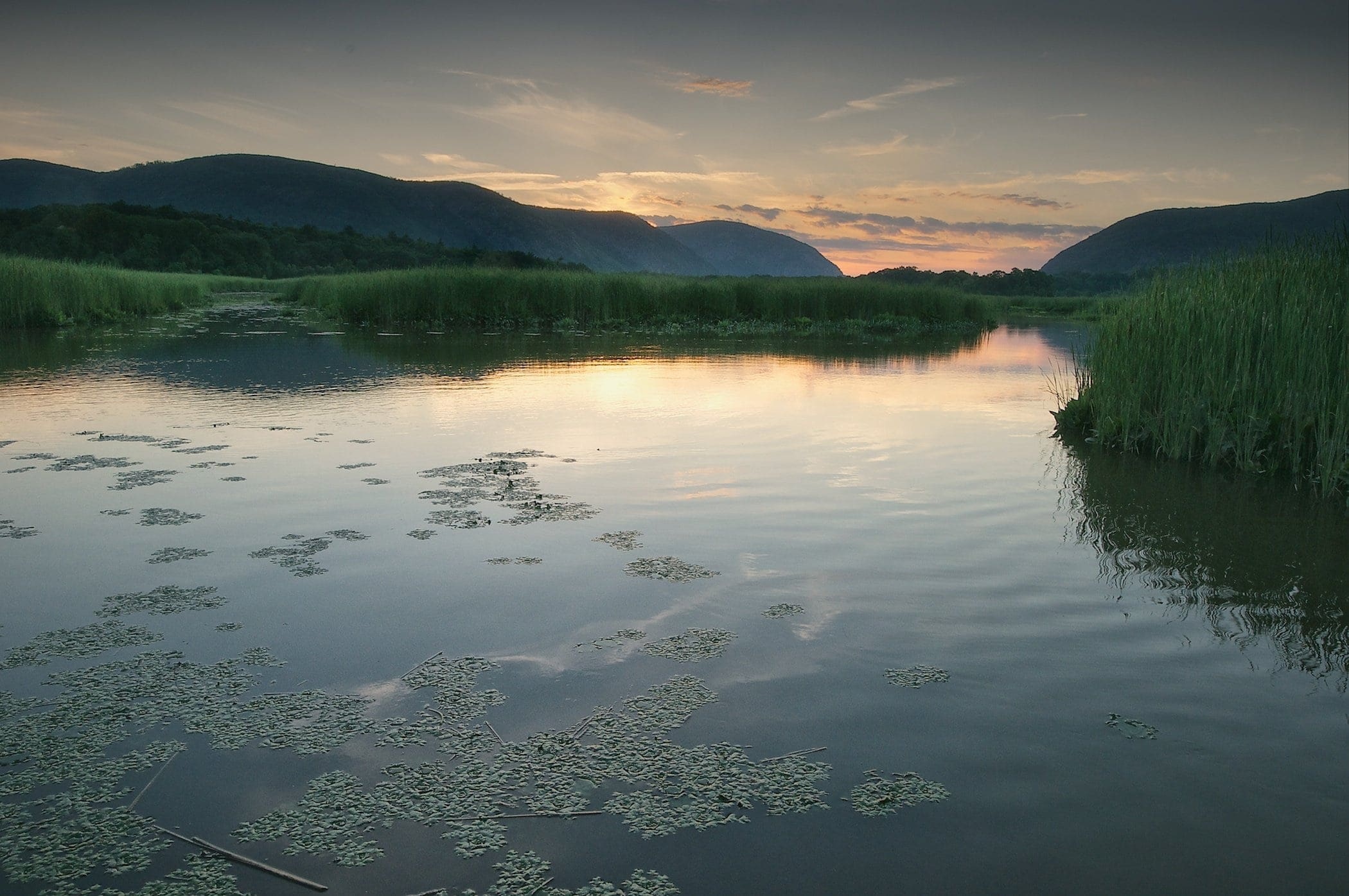
Organizations like the Northeast Carbon Alliance (which Scenic Hudson founded) are beginning to study these kinds of habitats in greater detail with both marine habitat and carbon storage in mind.
As more is discovered, the reasons for the continued protection of tidal wetlands, salt marshes, and related coastal and estuarine habitats are many, advocates say.
Salt marshes and other coastal wetlands “do so many other things” beyond trapping carbon, Giblin notes. “They protect us from storm surges. They’re great nursery ground for fishes. They’re great for recreation. So even if they turn out on a global basis not to be a huge carbon sink,” she says, “I hope people appreciate their vital importance in the coastal ecosystem.”






